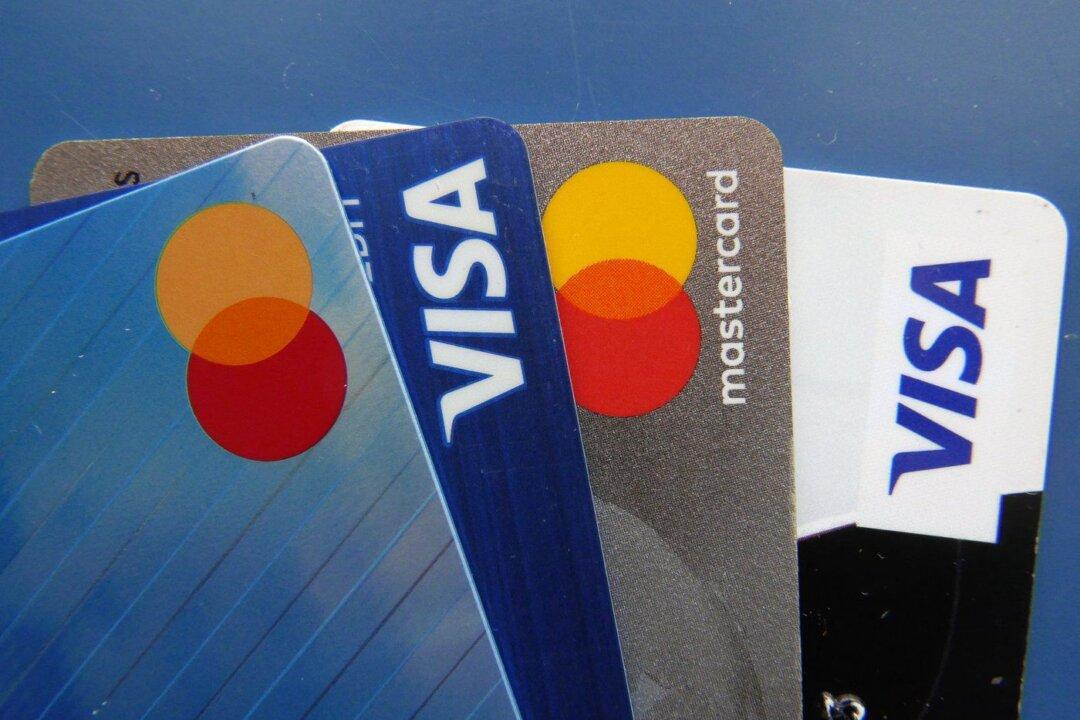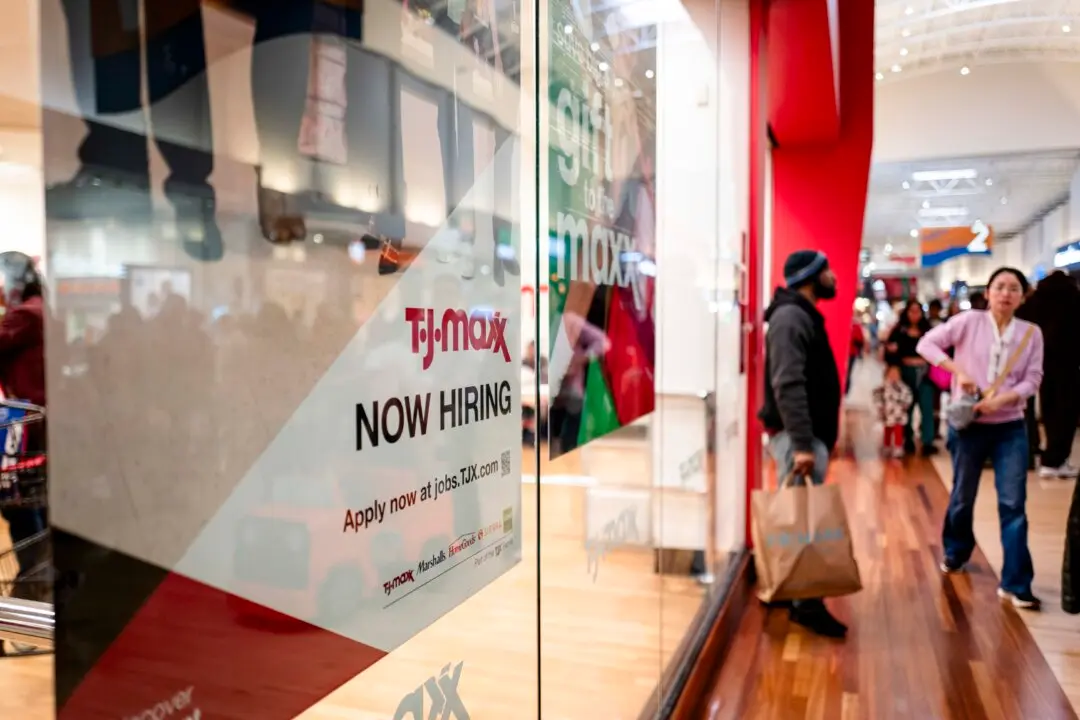New data show that delinquency rates are rising across the U.S. marketplace as consumers contend with high inflation, real negative wage growth, and rising interest rates.
According to the Federal Reserve Bank of New York’s (FRBNY) Household Debt and Credit Report, the overall flow into serious delinquency rate (90 days or more delinquent) rose to 1.08 percent in the first quarter, up from 0.71 percent at the same time a year ago.





